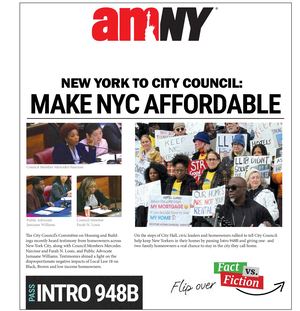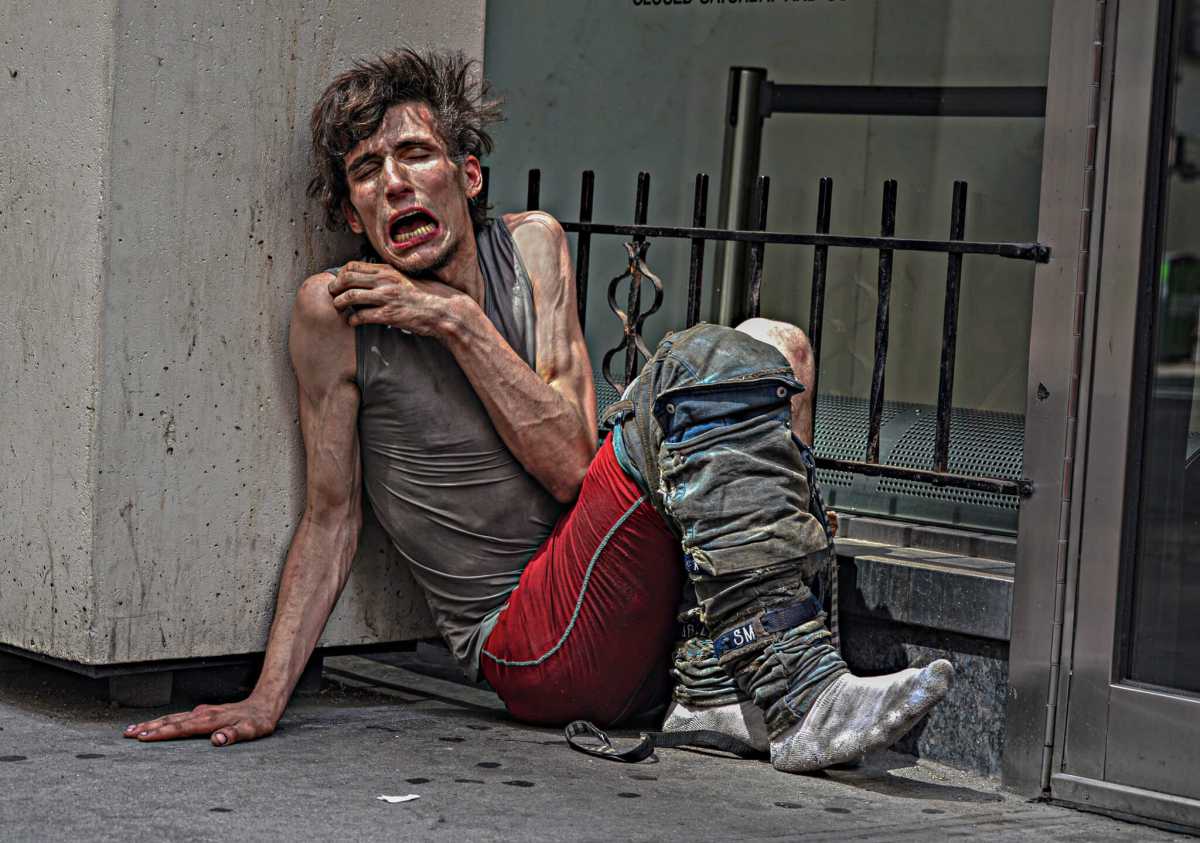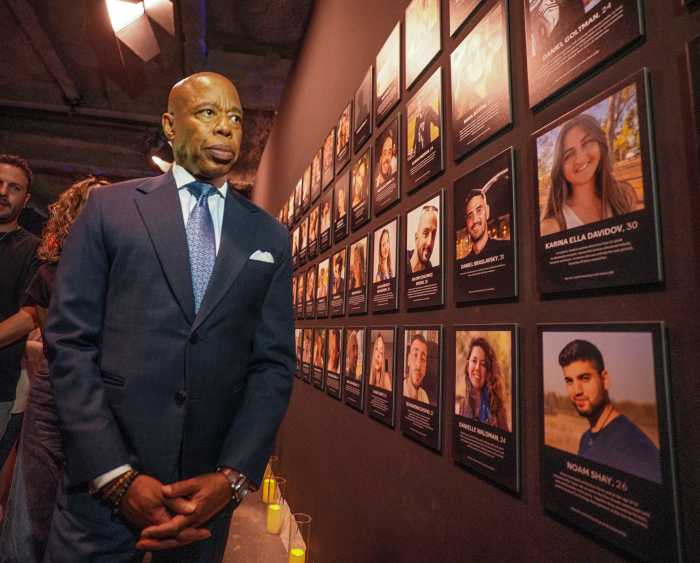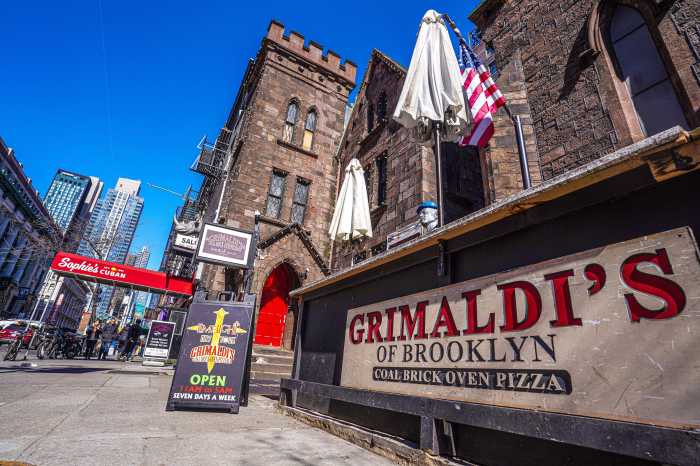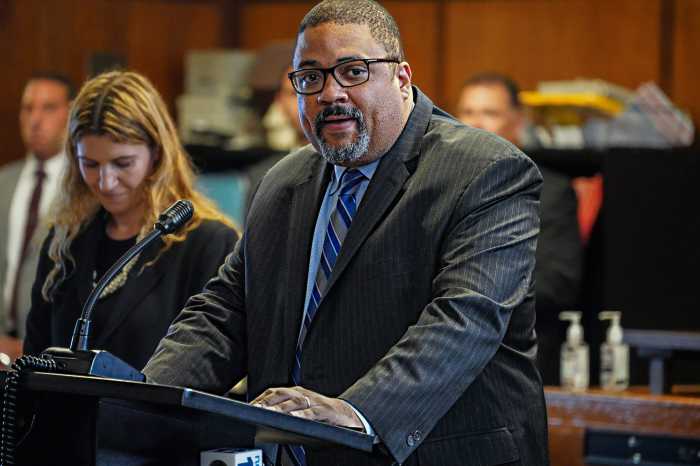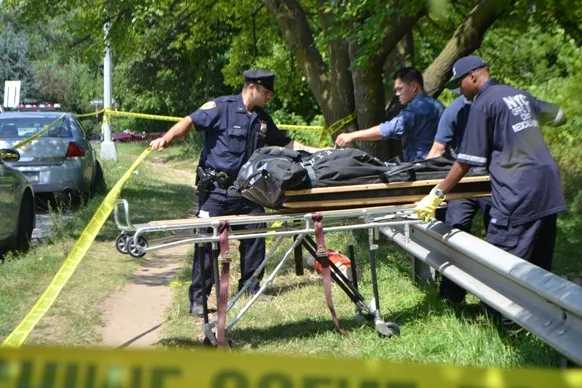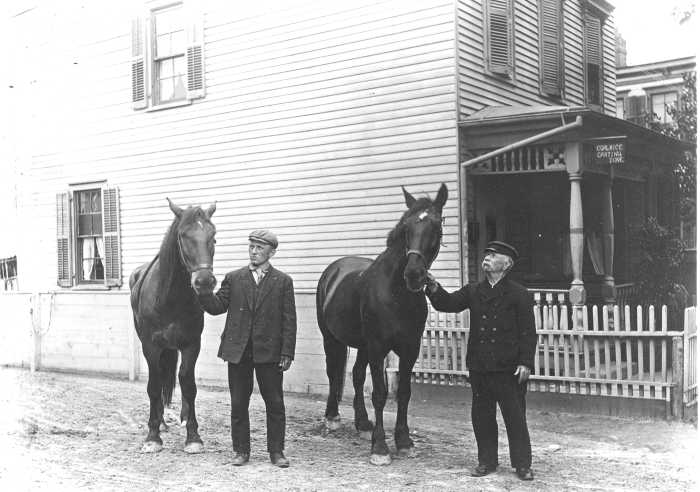Rising retail theft. Substance abuse. Mental health issues. These major concerns in Midtown (and others) will be addressed through a new interagency quality-of-life improvement hub that Mayor Eric Adams and Manhattan D.A. Alvin Bragg announced Tuesday.
The Midtown Community Improvement Coalition brings together 20 city agencies and other groups to address a range of public safety issues including retail theft, substance use, the mental health crisis, illegal scaffolding, unlicensed cannabis shops and more.
According to Adams, the coalition was created to “double down” on his commitment to improving public safety and quality of life in the Big Apple.
“With the launch of the Midtown Community Improvement Coalition, we are doubling down on our commitment to improving quality of life, protecting public safety, and beautifying these historic and beloved neighborhoods for working-class New Yorkers,” the mayor said. “Government working hand in hand with the community is crucial to creating a vibrant, cleaner and more livable city where all New Yorkers can thrive, and that’s why the community’s input is so important to our success.”
The centerpiece of the plan is a boots-on-the ground approach seeking to make Midtown cleaner and safer for residents, business owners and tourists. The coalition deploys teams, with representatives from city agencies including the FDNY, NYPD, the Department of Buildings (DOB), Department of Homeless Services (DHS) and others, to conduct regular walkthroughs to observe issues in real time and speak with New Yorkers in the field.
Similar to an in-person 311 system, New Yorkers in Midtown will have a chance to vocalize their complaints and concerns to coalition members.
It is unclear right now how often the teams will be deployed but the program is already in action.
Tackling substance abuse
When necessary, the coalition will identify specific individuals in neighborhoods, whether they be homeless or struggling with addiction, who may need connections to social services, such as housing or medical care, and make referrals to the appropriate city agency or provider.
Barbara Blair, president of the Garment District Alliance, has been conducting walkthroughs with members of DHS and the NYPD to encourage substance abusers in the neighborhood to get the treatment or at least the immediate help they need.
“I’ve been out the last two Tuesdays with DHS, NYPD, the Garment District Alliance, the Department of Health and Mental Hygiene looking for individuals who might be in need of help,” Blair said. “The idea is, what is the specific issue with an individual? And someone on the team will be able to address it.”
For example, she said, if the team sets out to help a person on the street who has severe mental illness, they would bring along a nurse practitioner.
While a person can not be forced to get medical treatment, a medical professional such as a nurse practitioner can require the individual to go to the hospital for observation, Blair said.
“One of the biggest problems we have in New York and in the United States is that people don’t accept help,” Blair said.
She added that the coalition is an opportunity for several agencies to respond to complex concerns as a team, including as they pertain to ongoing infrastructure problems such as illegal sheds and scaffolding.
“The causes of public realm disorder are complex,” she said. “This coalition is an opportunity for the sheriff’s office, NYPD, DSNY, and others to respond as a team. In the first weeks that we have been working together we have collaborated to close loopholes and worked in a results-driven process.”
Focusing on retail theft
Hannah Meyers, a fellow and director of policing and public safety at the Manhattan Institute, a policy research organization, agreed that having interagency collaboration is key to relieving and preventing crime, especially when it comes to retail theft.
“In general, having greater interagency collaboration, having greater resources collecting more data – pertinent data – is good,” Meyers said. “It’s good that the city is acknowledging these problems and trying to do something about it.”
She added that the creation of the Midtown coalition is an acknowledgment that policy changes at the state and city levels, including bail, discovery and parole reform in recent years, have “made it impossible” to keep disorder in check within the city.
“But it remains to be seen whether the coalition can surmount some of the bigger obstacles right now,” she said. “Hopefully even if it doesn’t, it will push the conversation more into the open about what actually has to change and how much worse things have actually gotten.”
According to a Manhattan Institute report released Tuesday, shoplifting incidents in the city increased 68.1% in 2022 from 2019. The report found shoplifting incidents declined by 7.3% in 2023, but remained the second-highest year on record for the crime, with a 56% increase in thefts since 2019.
But Bragg said the collaborative effort among the city agencies and partners will help improve public safety in bustling Midtown.
“Midtown Manhattan is essential to the economic well-being of our city — and the entire region. It’s among the busiest commercial districts in the entire world, home to thousands of permanent residents, iconic tourist attractions, restaurants, retailers, and critical transportation hubs that are the gateways to our city,” the DA said. “This new coalition, which combines the resources and expertise of a variety of agencies and providers, will enhance public safety and quality of life for everyone in the area.
The Midtown Community Improvement Coalition is similar to Adams’ Community Link initiative, which was launched last year and is managed by First Deputy Mayor Sheena Wright.
According to the mayor’s office, Community Link convened five similar coalitions throughout the city. Over the previous 18 months, the coalitions responded to more than 800 complaints and conducted more than 600 operations to address community concerns.
Read More: https://www.amny.com/news/
